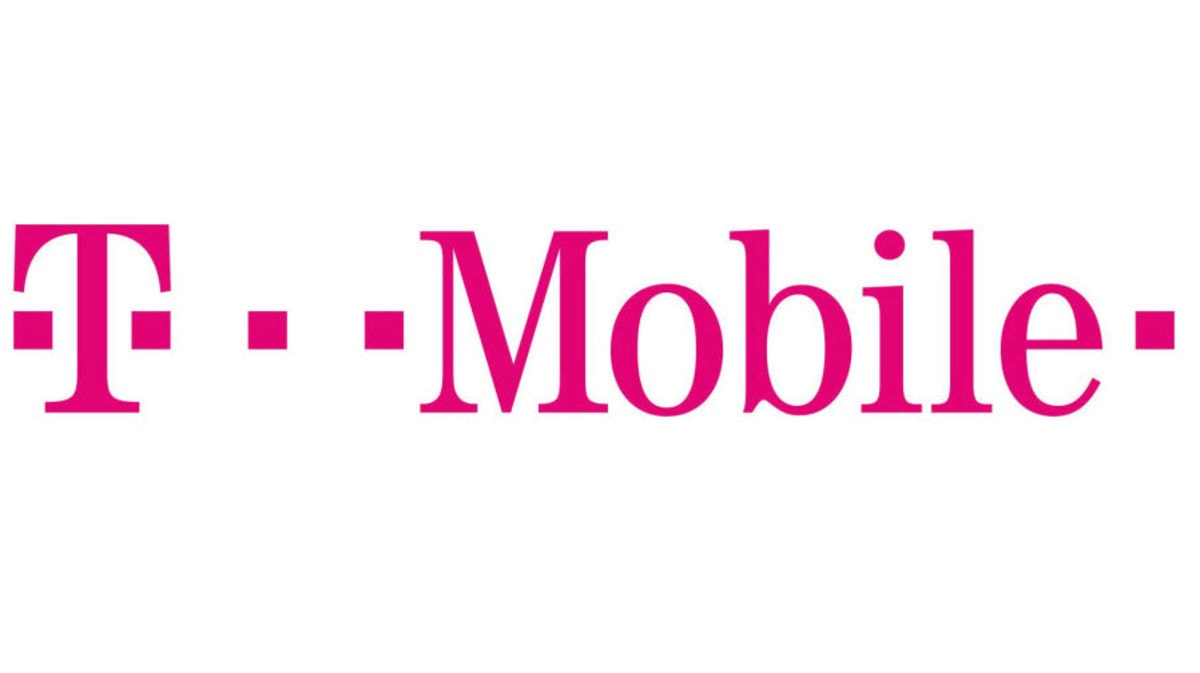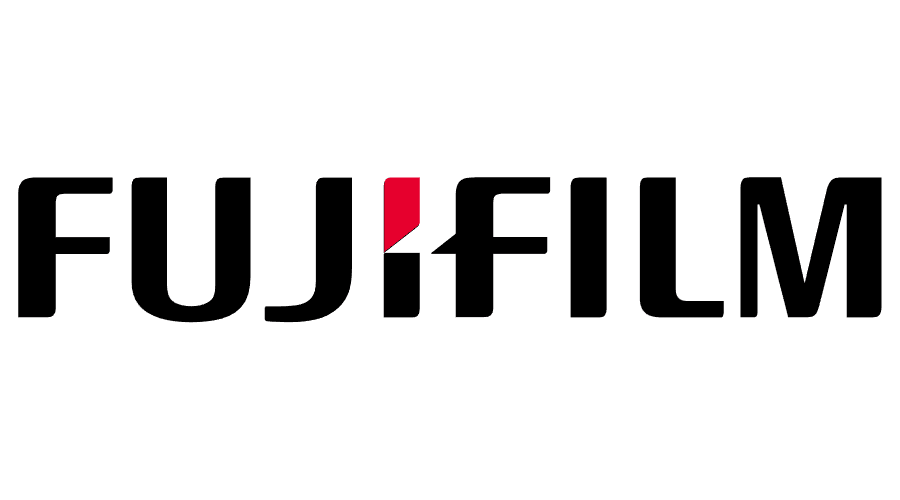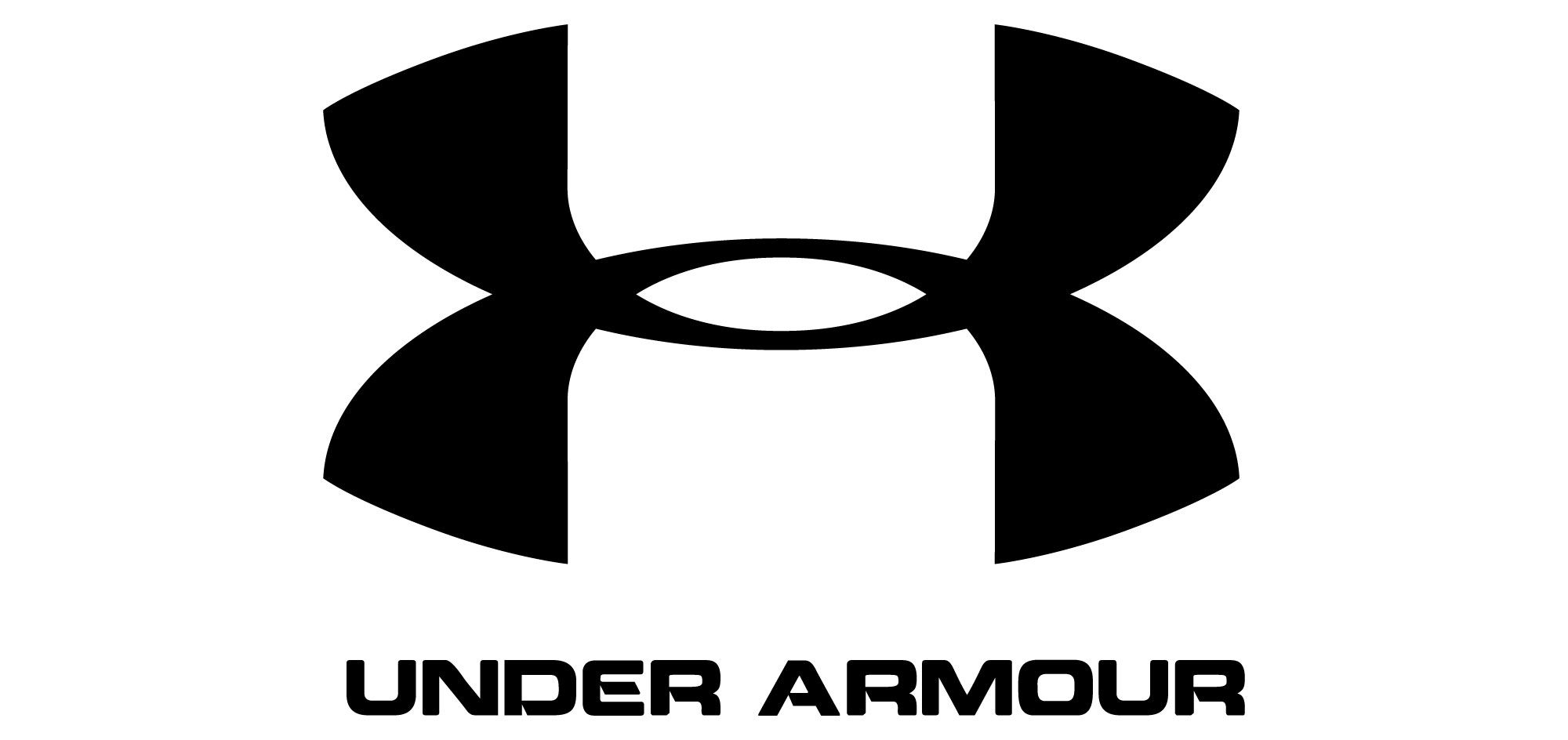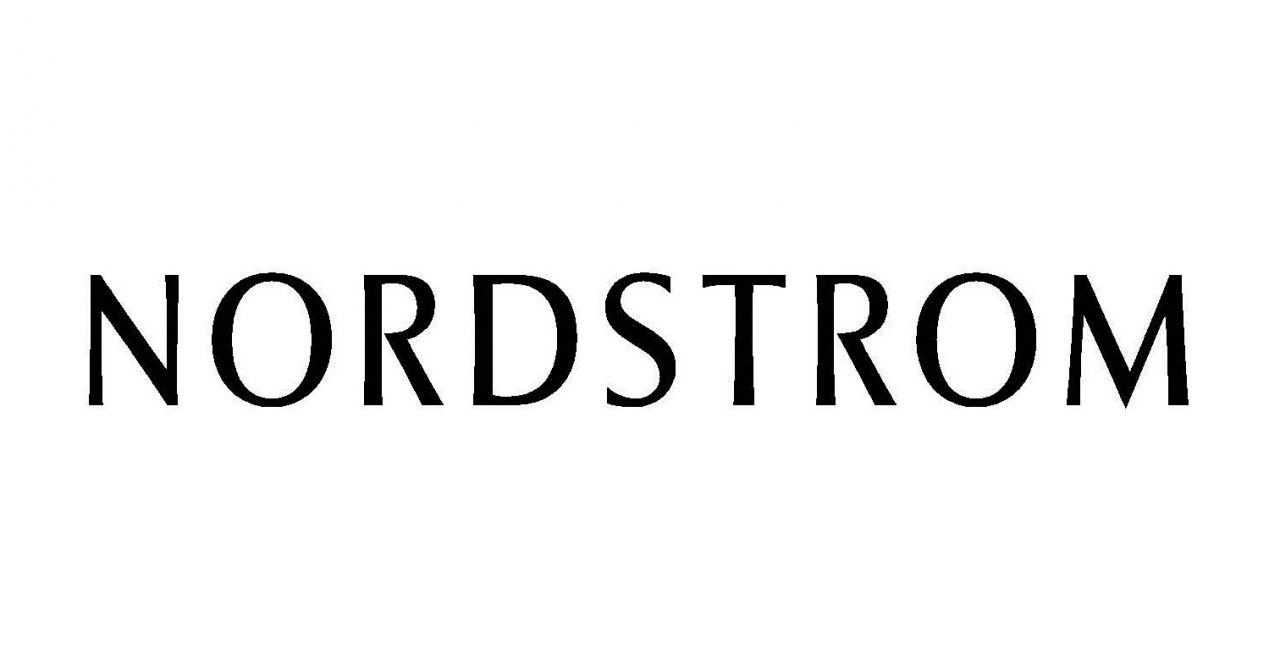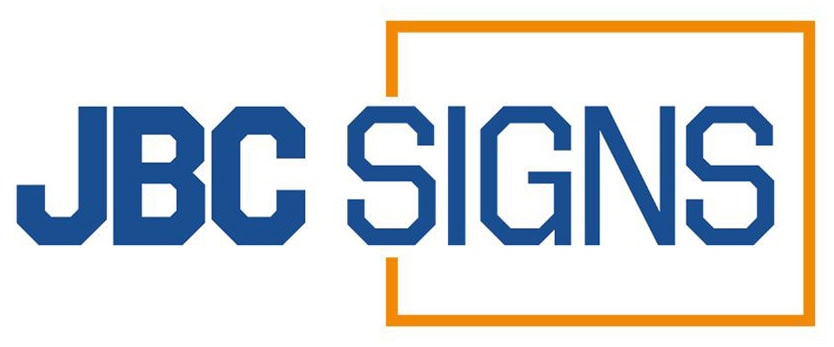Key Takeaways
- Physical Barrier Against Droplets
Acrylic sneeze guards block respiratory droplets from coughing, sneezing, or talking. This reduces airborne transmission of infections in shared spaces. Their use helps maintain safer environments in public and workplace settings. - Versatile Applications Across Settings
Sneeze guards are commonly used in offices, restaurants, and retail stores. They protect both employees and customers from direct exposure to germs. Their adaptability makes them ideal for various professional environments. - Durable and Easy to Maintain
Made from acrylic or tempered glass, sneeze guards are sturdy and long-lasting. They are easy to clean with non-abrasive disinfectants for hygiene. Their transparency ensures safety without obstructing communication. - Compliance with Health Recommendations
Organizations like the WHO and CDC recommend sneeze guards as protective barriers. They help reduce exposure to airborne illnesses, including COVID-19. Compliance with these guidelines promotes a safer public environment. - Enhanced Safety Measures
Sneeze guards complement safety protocols like masks and social distancing. Using multiple prevention methods improves infection control. This layered approach minimizes health risks in high-contact areas.
Acrylic sneeze guards and other protective barriers have been commonplace in most buffet-style restaurants for years. More recently, protective barriers are being used in innovative ways to help stop the spread of infections and diseases. Just like how acrylic brochure holders protect their contents from outside elements, acrylic barriers can protect your employees and customers from viruses. And just like how tabletop sign holders are relatively inexpensive, acrylic sneeze guards are a cost-effective way to keep your business sanitary and safe.
How Are Diseases Spread?
Infection diseases are caused by organisms like bacteria, viruses, fungi, and parasites. Diseases are passed from person-to-person, animal-to-person, or environment-to-person. Once someone is infected, there are various symptoms and treatments, depending on the disease.
There are already numerous safeguards in place to protect people from diseases spread by animals, contaminants, and insects. Person-to-person infections are widespread and can happen a couple of different ways:
Direct Contact
Direct contact happens when one person comes in contact with another person. This happens through an infected person touches, kisses, coughs on, sneezes on, another person.
Germs travel from person-to-person via this contact. The germs have to find their way into the healthy person’s body, typically through the mouth or eyes. Coughing, sneezing, and talking can spread diseases because of how droplets spread.
Droplets are small collections of water, saliva, bodily fluid, etc. that are transmitted from a person’s nose or mouth. These droplets are mainly sprayed from a person’s respiratory system into the air.
In general, droplets are heavy particles, so they can only travel a few feet in the air before falling to the ground. This is where the idea of social distancing comes from. If you stay about six feet away from other people, you shouldn’t come in contact with their droplets.
Indirect Contact
Germs and diseases can also be spread without direct contact. Droplets or other germ-carrying bodily fluids land on an inanimate object or surface. Another person touches that surface and then picks up the germs. This is called indirect contact.
Door knobs are great examples of how indirect contact can spread disease. Someone with the flu coughs into their hands and then touches a doorknob. Another person touches the doorknob and then, without washing their hands, touches their eyes or mouth, introducing the virus into their own body.
Other frequent vehicles for viruses are handles, cellphones, computer equipment, counters, chairs and tables, and many other shared objects.
Preventing Disease 101
Since infections and diseases are mostly spread by droplets from one person going to another person directly or indirectly, there are a few general practices that can help prevent the spread.
Stay Home
While the word “quarantine” tends to have a negative connotation, the idea is to simply stay away from other people if you’re sick to prevent transmission of the disease. This is why employees are encouraged to stay home when they are ill.
Some diseases, like the coronavirus, require longer quarantine times (about 14 days), while milder infections, like a stomach bug, may only require a day away.
Cover Your Mouth
With diseases like COVD-19, many people can carry and spread the disease without knowing that they have it. Droplets can still be transmitted when people talk, breathe, yawn, sneeze, or cough. This is why we are encouraged to wear protective masks that reduce the spread of respiratory droplets.
When sneezing or coughing, it’s best that you cover your mouth with a tissue, or to cover your mouth with your inner elbow. The elbow is preferred over the hand, because you never know what you might touch with your hands after expelling droplets onto your palm. This might increase the spread of infection.
Wash Your Hands
Speaking of touching things with your hands - washing your hands often is one of the best preventive measures you can take against disease. When possible, use soap and water. Make sure to rub your hands with soap for at least 20 seconds. The friction from rubbing is what actually removes germs from your hands!
If soap is not available, alcohol-based hand sanitizer is another viable option.
Disinfect Surfaces
It’s also crucial to keep surfaces clean. Since germs, bacteria, and viruses can live on surfaces for several hours, it’s essential to keep things like doorknobs, faucets, handles, and other frequently-touched objects clean.
Just like plastic sign holders don’t allow droplets onto the signs they cover, acrylic sneeze guards act as a barrier between your employees and the public. That means droplets are going to hit the barrier and instead of landing on another person.
Of course, cleanliness is still crucial as the sneeze guard will be covered in germs over time. Periodically disinfect your sneeze shields to remove any lingering viruses. The beauty of acrylic over other materials is that it’s effortless to clean, limiting the spread of infection.
Also read our blog post on Prevent Infection at Work Using Acrylic Sneeze Guards

Acrylic Sneeze Guards: Pros and Cons
There is little more critical in your business than protecting your employees and customers. Plexiglass sneeze guards allow you to do exactly that. Here are some things to consider:
Pros of Acrylic Sneeze Guards
- Sneeze guards allow people to still see and talk to each other while keeping a safe barrier between them.
- Acrylic is a relatively inexpensive material that can come in all shapes and sizes. You can customize your work area to meet your company’s needs.
- Acrylic is also easy to clean. An alcohol-based cleaning solution and a few wipes keep your sneeze guard as good as new.
Cons of Acrylic Sneeze Guards
- A protective sneeze guard cannot completely protect against the spread of disease. Special care should be taken when employees take payments, scan items, or interact with other surfaces that come in contact with others. While the sneeze guard can limit droplets from passing back and forth, it doesn’t necessarily stop other indirect contact issues.
- Sneeze guards need to be wiped down regularly. Droplets containing viruses may fall onto the surface and be transmitted if someone inadvertently touches the sneeze guard. Disinfect it periodically and ensure that people know not to touch the sneeze guard.
Ultimately, acrylic sneeze guards are an inexpensive and relatively easy way to stop the spread of infections around your business. Your company’s leadership should also invest in creating policies regarding other aspects of your business, like social distancing, store cleanliness, personal protective equipment use, etc.
Luckily, you don’t necessarily have to find a sneeze guard store to fit your business with the appropriate acrylic barriers. The same company that supplies you with wall mounted brochure holders and acrylic sign holders can often customize guards for your needs.
Visit the Displays and Holders website today to learn more about how you can prevent cross-contamination and keep a healthy workforce and customer base.
FAQs
How do acrylic sneeze guards prevent the spread of infections?
Sneeze guards act as a physical barrier to block respiratory droplets. This reduces direct exposure to germs from coughing, sneezing, or talking. They help lower the risk of airborne transmission in shared spaces.
Where are sneeze guards commonly used?
Sneeze guards are used in workplaces, retail stores, restaurants, and offices. They create a protective shield between employees and customers. This setup helps reduce germ spread in high-contact environments.
What materials are typically used to make sneeze guards?
Sneeze guards are commonly made of acrylic or tempered glass. These materials are durable, clear, and easy to clean. Their transparency allows communication while maintaining a protective barrier.
Are sneeze guards effective in preventing COVID-19 transmission?
Sneeze guards block larger respiratory droplets but should be used with masks. Combining them with proper ventilation and sanitation improves safety. They are most effective when part of a broader protection strategy.
How should sneeze guards be maintained?
Regular cleaning with disinfectants ensures sneeze guards remain clear and hygienic. Non-abrasive cleaners prevent scratches or clouding over time. Routine maintenance extends their durability and effectiveness.






